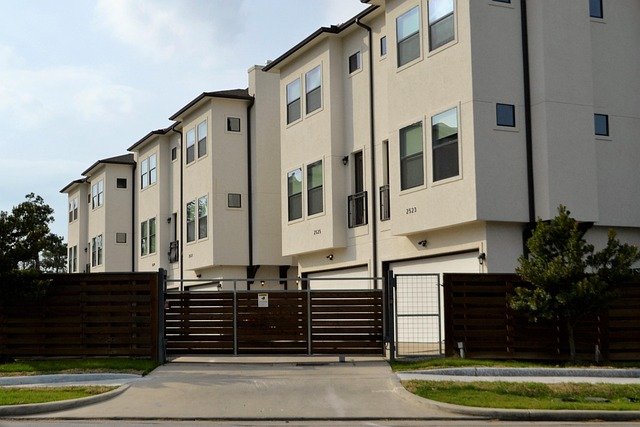Title: Micro-Apartments: Redefining Urban Living Spaces
The urban housing landscape is undergoing a significant transformation, with micro-apartments emerging as a innovative solution to the challenges of city living. These compact living spaces, typically ranging from 200 to 400 square feet, are reshaping how we perceive and utilize urban real estate. As housing costs continue to rise and city populations grow, micro-apartments offer a unique blend of affordability, functionality, and prime locations. This trend is not just a temporary fix but a reimagining of urban life that's gaining traction among young professionals, students, and even some empty nesters.

The concept isn’t entirely new – efficiency apartments have existed for decades. However, modern micro-apartments take space optimization to a new level, incorporating smart design elements and multifunctional furniture to maximize livability in minimal square footage. These units often feature high ceilings, large windows, and clever storage solutions to create a sense of spaciousness despite their small footprint.
Design Innovations in Micro-Spaces
Architects and designers are at the forefront of the micro-apartment revolution, developing innovative solutions to make these compact spaces not just livable, but desirable. One key aspect is the use of multifunctional furniture. Murphy beds that transform into desks or dining tables, modular sofas that reconfigure into guest beds, and kitchens that fold away when not in use are just a few examples of space-saving designs.
Technology also plays a crucial role in enhancing micro-living. Smart home systems allow residents to control lighting, temperature, and even adjust furniture arrangements with voice commands or smartphone apps. Some micro-apartments feature movable walls that can reconfigure the space for different needs throughout the day.
Economic Impact and Investment Potential
From an investment perspective, micro-apartments present an intriguing opportunity. While the per-square-foot cost of these units can be higher than traditional apartments, they often yield better returns due to higher occupancy rates and the ability to fit more units into a building. This density can translate to increased rental income for property owners and investors.
For cities grappling with housing shortages, micro-apartments offer a way to increase housing stock without extensive new construction. By converting existing buildings or utilizing smaller lots, developers can create more units in desirable urban areas. This approach can help revitalize neighborhoods and provide housing options at various price points.
Demographic Shifts and Target Markets
The appeal of micro-apartments extends beyond just affordability. For many, particularly millennials and Gen Z, these spaces align with a minimalist lifestyle that prioritizes experiences over possessions. The location advantage of being in the heart of a city, close to work, entertainment, and cultural attractions, often outweighs the desire for larger living spaces.
Empty nesters and retirees are another demographic showing interest in micro-living. For those looking to downsize and enjoy an urban lifestyle, these apartments offer a low-maintenance option with the vibrancy of city life at their doorstep.
Challenges and Considerations
While micro-apartments offer numerous benefits, they’re not without challenges. Zoning laws in many cities are still catching up to this trend, with minimum square footage requirements sometimes hindering development. There are also concerns about the long-term livability of such small spaces and their impact on mental health and well-being.
Critics argue that the proliferation of micro-apartments could lead to a reduction in the overall quality of urban housing stock. There’s a fine line between efficient use of space and creating substandard living conditions. As such, regulations and design standards are crucial to ensure that micro-apartments remain a positive addition to the urban housing mix.
Future Outlook and Market Trends
The future of micro-apartments looks promising, with continued growth expected in major urban centers. As cities become denser and more expensive, these compact living spaces will likely play an increasingly important role in housing strategies. We may see further innovations in design and technology, making these spaces even more efficient and comfortable.
The COVID-19 pandemic has raised questions about the desirability of dense urban living, but early indications suggest that the appeal of city life remains strong, especially among younger demographics. Micro-apartments, with their lower price points and prime locations, are well-positioned to meet the needs of those seeking an urban lifestyle without the premium price tag.
In conclusion, micro-apartments represent a significant shift in urban real estate, offering a solution to housing affordability and density challenges while aligning with changing lifestyle preferences. As this trend continues to evolve, it will be fascinating to see how it shapes the future of urban living and real estate investment strategies. For investors, developers, and city planners, micro-apartments present both opportunities and challenges that will require innovative thinking and adaptive strategies in the years to come.





